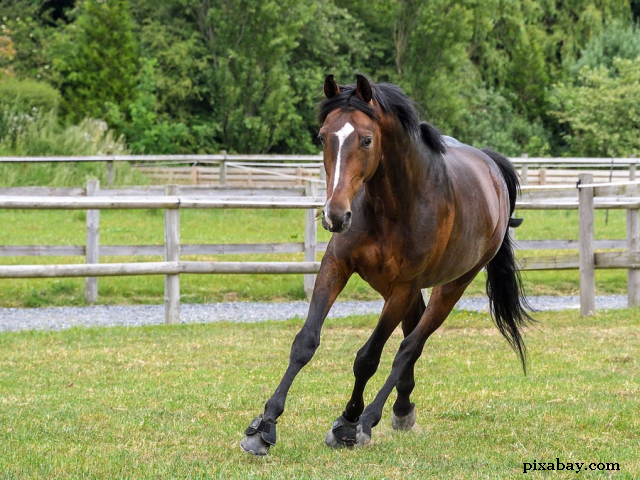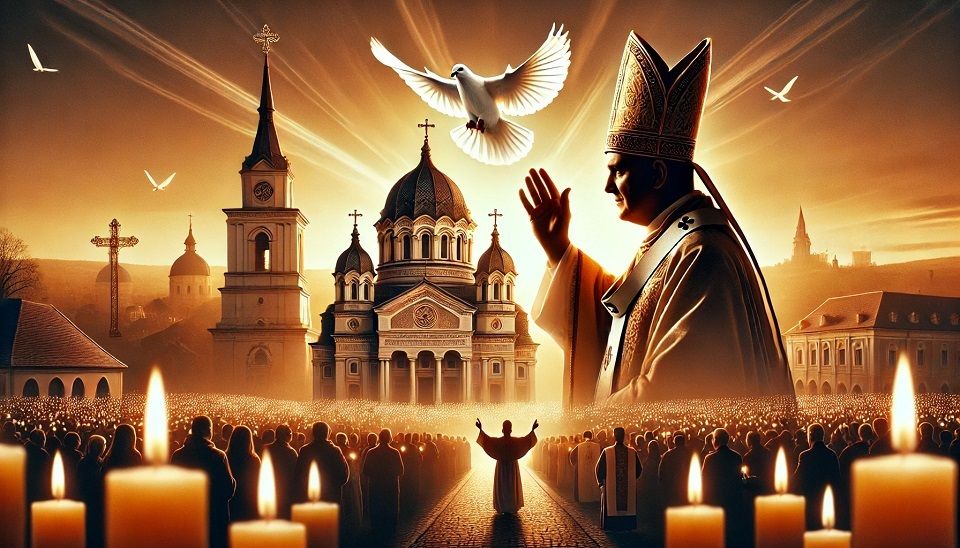Floreasca Hippodrome
In the early 20th century, horse races were growing in popularity in Romania

România Internațional, 05.12.2020, 23:27
Before 1945, horse races were organised in Bucharest at the Baneasca hippodrome. People passionate about horses and horse riding would gather there to socialize and pursue their passion. In the early 20th century, horse riding was growing in popularity in Romania, and soon the racetracks in Baneasa proved insufficient to meet the demand for such events. This is how the second hippodrome was built in the Floreasca neighbourhood, in the northeast of capital Bucharest.
After the First World War, the world was beginning to recover from the traumas caused by the conflict and was trying to get used to the new geopolitical reality. The war had left deep scars and the desire for reconstruction and a new beginning was felt everywhere. But even though the world was new, people felt the need to carry on with what they had lived before, with everything that life had stood for before the war. Thus, leisure and passions held an important place in people’s lives and horse riding was one of them.
Today, we will briefly tell you the story of the Floreasca hippodrome, with the help of historian Cezar Buiumaci.
After the Great War, horse racing began to become more and more popular among Bucharest residents. A growing number of enthusiasts became owners of racehorses. Because the number was constantly increasing and the space in Băneasa proved to be limited, the idea of building a new place for horse racing appeared. The one who would lay the foundations of the new hippodrome was the engineer Ion Matak, owner of a stud farm. In the beginning of the third decade of the 20th century, he bought from the Cheap Housing Society a land of 180,000 square meters on the Ștefan cel Mare road. The investment amounted to the then fabulous amount of 6 million lei.
The initiative of the engineer Ion Matak was bearing fruit and the new construction started to gain shape. The plans were entrusted to one of the best specialists of that time, as Cezar Buiumaci recalls:
The facilities were designed by the architect Paul Smărăndescu, one of the leading representatives of the neo-Romanian style. The new building was erected with the facade of the grandstands ending on the second floor. It had an open porch and carved wooden pillars. To allow good visibility, the grandstands were completely open. The building complex consisted of three grandstands: the official, the royal and the public pavilion connected by corridors and passageways.
So, starting with 1924, the people of Bucharest had a new place to enjoy their passion. A film about the inauguration of the racetracks was made and presented in cinemas in the Romanian capital. Cezar Buiumaci says that in 13 years of existence the Floreasca hippodrome had an intense activity.
inaugurated in the autumn of the same year, the hippodrome would enjoy a growing participation. After only five years, the place would even host night races, using electric lighting equipment. The most important races were the trot races, and the program was as follows: galloping on Sunday and Thursday, and trotting on Wednesday and Saturday However, the fourth decade was going to come with problems for the Floreasca hippodrome due to a combination of factors. Mainly, it was a matter of poor management but also the economic crisis of 1929-1933. The involvement of Carol II in the year of the first celebration of the Month of Bucharest in 1935 was auspicious and translated into a revival of the racetracks, and the place even hosted the first international race. But the problems were not going to stop and two years later, in 1937, the Floreasca hippodrome was closed, with races being organised only at the Băneasa racetracks.
Hard times would follow for the Floreasca hippodrome. The decline of the late 1920s led to the collapse of the following decade. Here is Cezar Buiumaci again:
After the decommissioning of the hippodrome, the place was parcelled out in order to make room for a compound of cheap houses. However, the start of WWII stopped the project, which was resumed in the sixth decade by the communist authorities, who built a set of blocks there, a neighbourhood whose streets were named after composers. The Dinamo sports complex was built on one side of the former racetracks. A green area was left in middle of the new Floreasca neighbourhood, the Verdi Park, where the Floreasca cinema hall was built later.
The communist regime that came to power after 1945 had other urban priorities. Cezar Buiumaci once again:
We can say that, as in the case of the Băneasa hippodrome, there was an overlapping of buildings of the new regime, a transformation with a propagandistic symbolism, the new buildings taking the place of those of a regime considered decadent. However, there were rumours in the 60s and 70s of the 20th century that a new Bucharest hippodrome was to be built at the end of the Drumul Taberii neighbourhood, in the Valea Ialomiței area. However, in the specialised literature we did not find details about this project, and the coming to power of Nicolae Ceaușescu meant to a large extent the abandonment of some projects for the development of that area in favour of others.
Today, the Floreasca hippodrome is unrecognizable. Just one old stable on Vornicul Manolache street vaguely recalls what the place used to host 100 years ago. (M. Ignatescu)





























